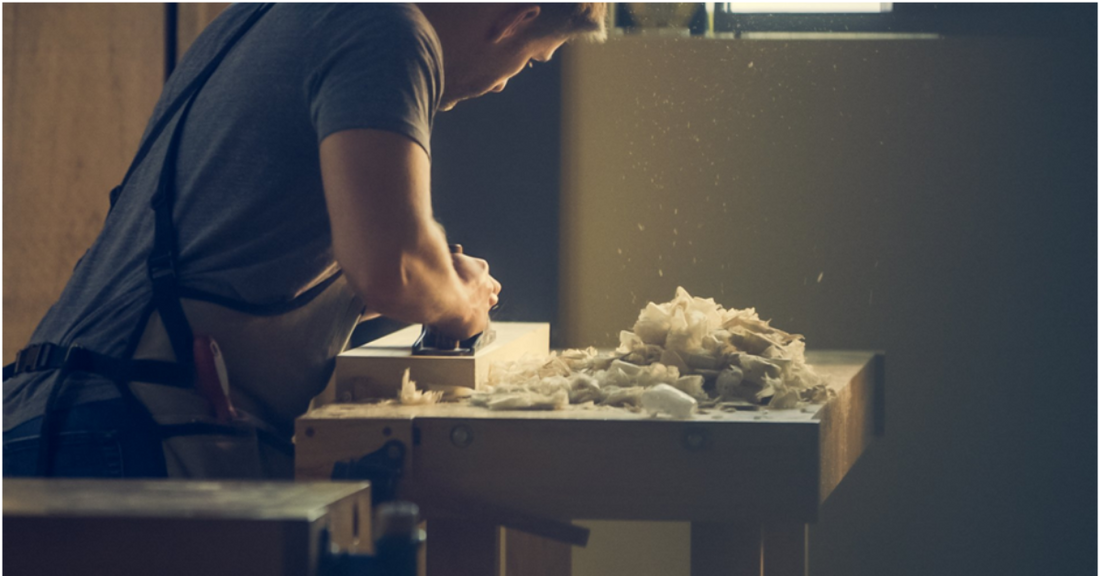
How to get a splinter out
Share
Whether you are into the great outdoors, have inquisitive children or you like to make things, chances are you’ve experienced a splinter in your finger, foot, or hand at least once in your lifetime. If you are anything at all like me, there’s been times when you weren’t even sure how you managed to get a splinter in the first place.
As splinters are generally a bit painful, and if left untreated, can become infected, we want to remove them as soon as we become aware that we have one. There are a few techniques we can use to ensure the splinter comes out simply and cleanly.
Hygiene Preparation for Splinter Removal
Regardless of the method you use to remove the splinter, you’ll first want to:
- Clean the affected area and your hands, preferably with soap and water, but if you aren’t close to a handbasin, antiseptic wipes are a good alternative.
- Gently pat the area dry with a clean towel
- Inspect the splinter so you can better understand what the best way to remove it will be

Removing a splinter
Based on what you observed when you inspected the splinter, these are the best ways to get a splinter out:-
You can see the splinter is sticking out of the skin
When you can see that the splinter is sticking out of the skin, tweezers are likely to be your best way to get the splinter out. Begin by wiping the tweezers with an antiseptic wipe to sterilise them.
You then want to pull the splinter gently in the same direction that it entered the skin.
Be very careful not to squeeze too hard as splinters are often fragile and pulling or squeezing too hard can cause it to fracture into smaller pieces that are much harder to remove.
We like to use a tweezer with a wider edge as we find it is easier to grab onto the splinter than when a pointy edged tweezer is used.
-
The splinter is completely under the skin
Embedded splinters needa small needle to safely remove them. We recommend splinter probes for this purpose as they are sterile for single use.
If your eye sight isn’t what it used to be and/or the lighting is poor, it might be helpful to use a magnifying glass so you are better able to see what you are doing.
Use the splinter probe to gently pierce the surface of the skin at one end of the splinter. Once you have broken the surface of the skin, use the needle to carefully push out part of the splinter.
Sometimes you can remove the splinter all the way like this, other times it is easier to use the tweezers to gently pull out the splinter once its head is exposed.
When to seek medical assistance
Thankfully, the majority of splinters can be safely removed at home, but some require medical assistance. We recommend you seek medical attention from a doctor if your splinter is
- Close to or in your eye
- the splinter is very large
- the splinter is very deep
- the area becomes infected
- the splinter is lodged under a fingernail or a toenail
Will splinters come out on their own?
Our bodies will naturally try to expel a foreign body like a splinter. However, not before they cause an inflammatory response which can often be painful, and can sometimes lead to further complications. For this reason, we recommend you remove all splinters as soon as you become aware of them.
